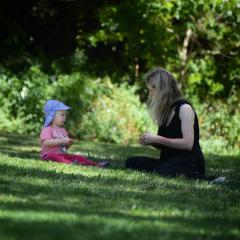-
Welcome to the eG Forums, a service of the eGullet Society for Culinary Arts & Letters. The Society is a 501(c)3 not-for-profit organization dedicated to the advancement of the culinary arts. These advertising-free forums are provided free of charge through donations from Society members. Anyone may read the forums, but to post you must create a free account.
Making Chocolate with raw cacao/cocoa: help needed
-
Similar Content
-
- 13 replies
- 2,956 views
-
- 15 replies
- 2,448 views
-
- 44 replies
- 5,880 views
-
EZtemper - The Help You Need to Achieve Perfectly Tempered Chocolate FAST! 1 2 3 4 29
By John DePaula,
- 705 replies
- 111,190 views
-
- 12 replies
- 811 views
-
-
Recently Browsing 0 members
- No registered users viewing this page.





Recommended Posts